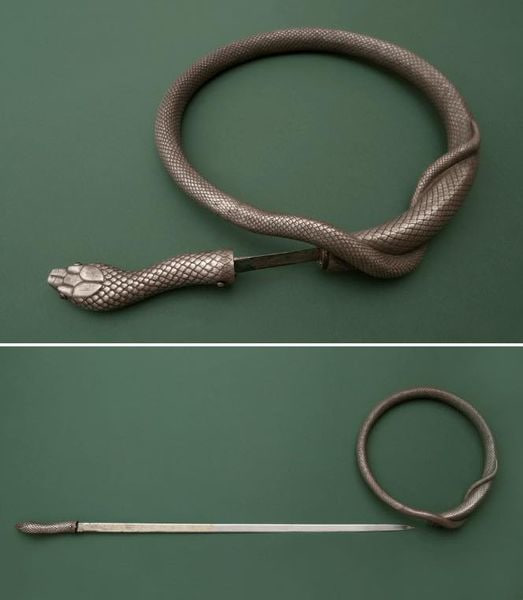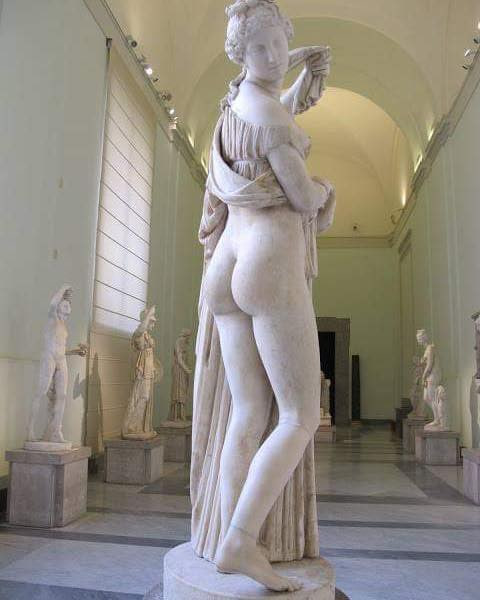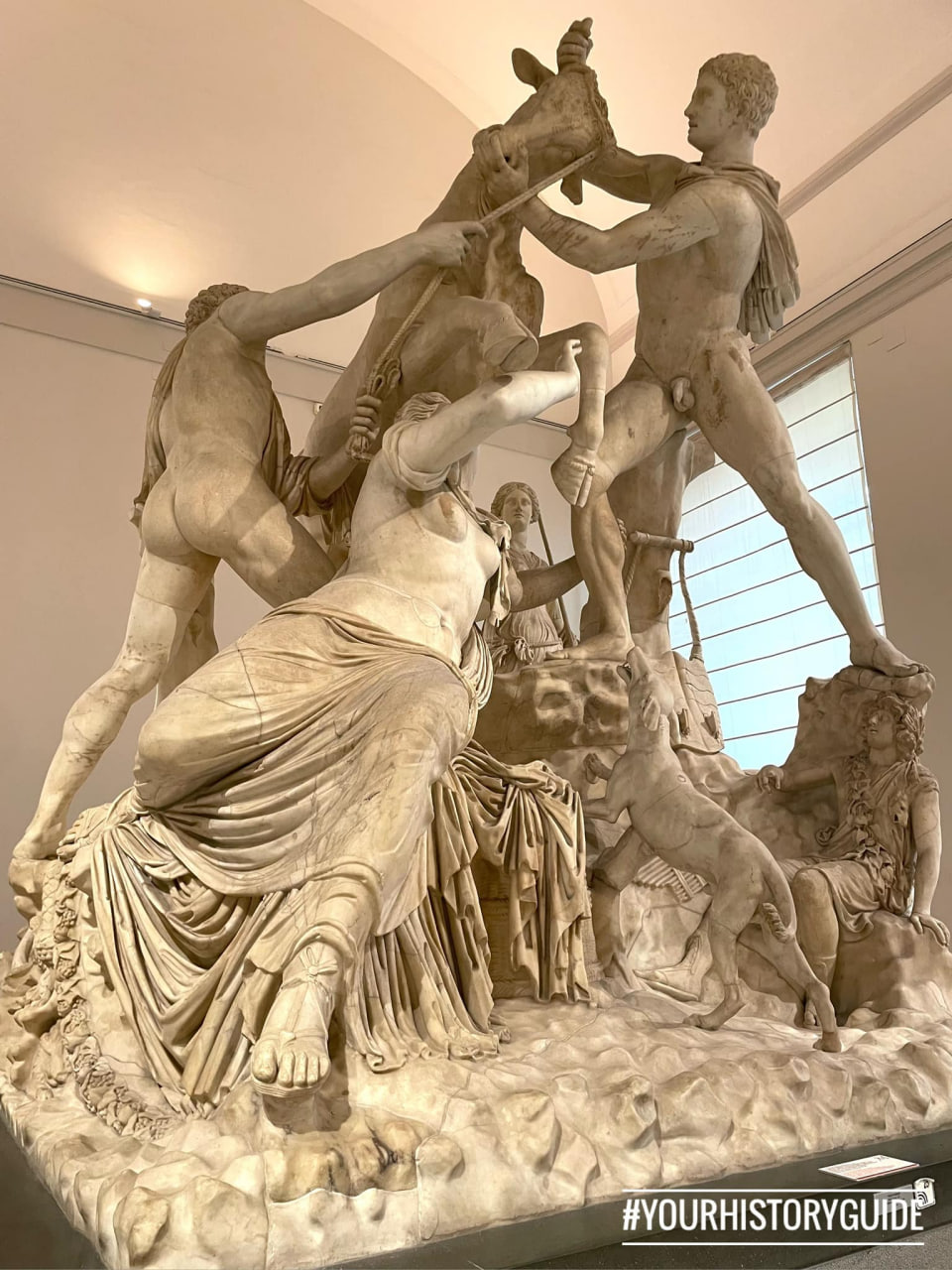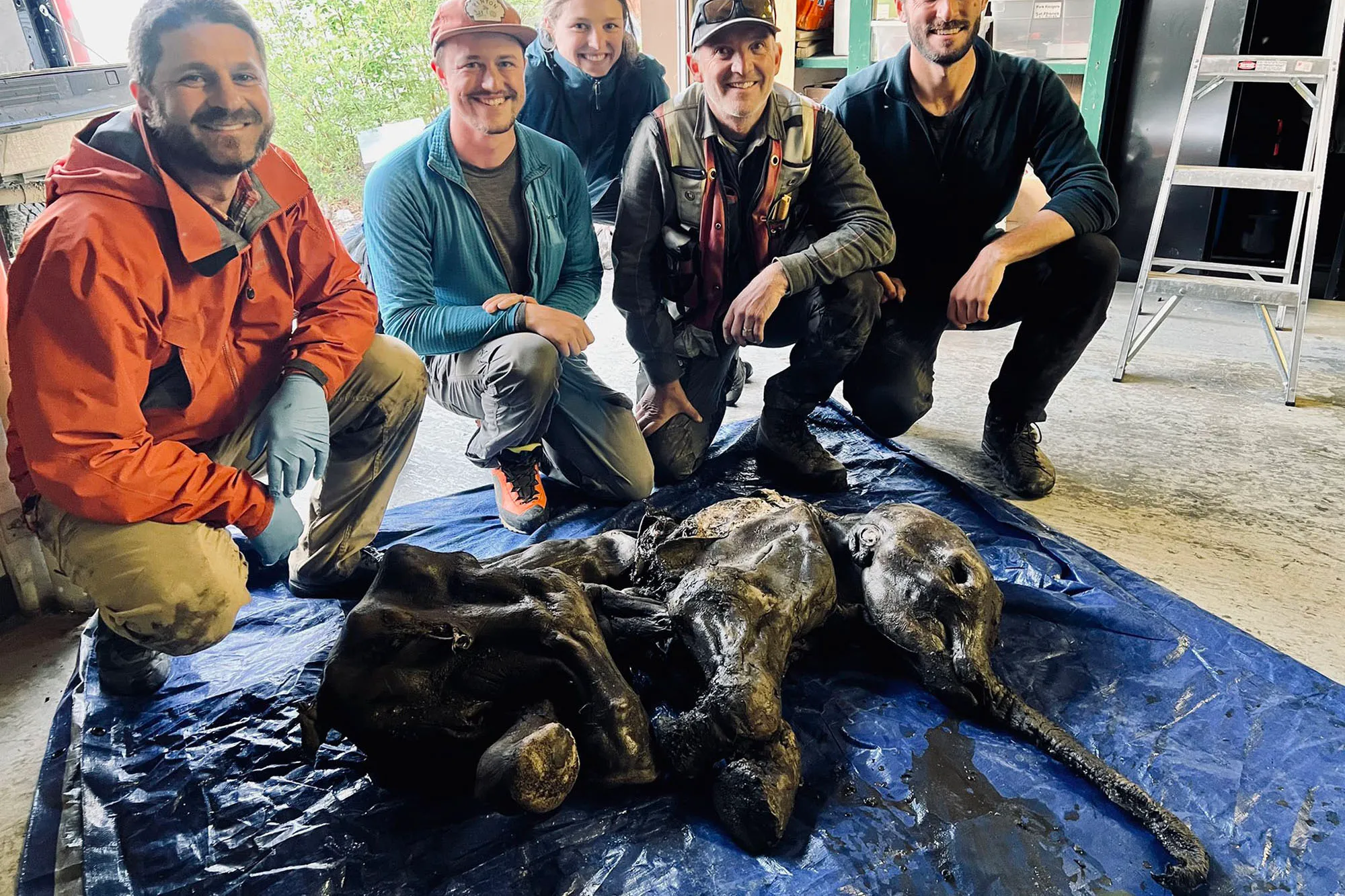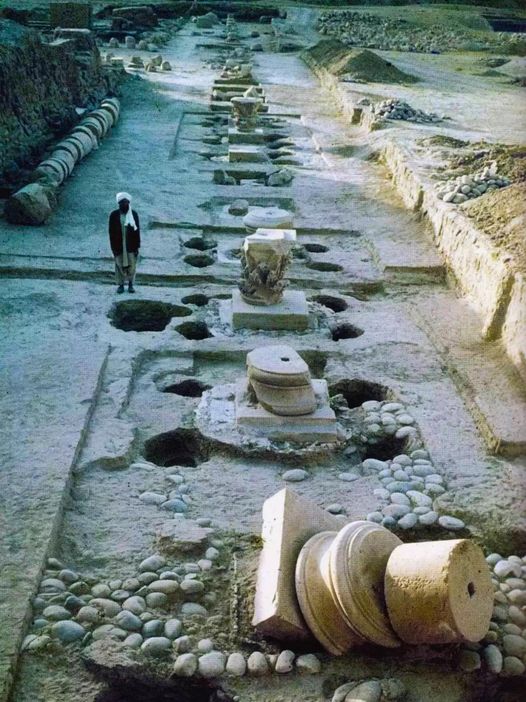Nestled within the hallowed halls of Westminster Abbey lies a symbol of regal authority and centuries-old tradition - the Coronation Chair. Since the crowning of King Edward II in 1308, this venerable chair has served as the seat of power for 26 monarchs, witnessing the solemn rituals and grandeur of royal coronations. Commissioned by King Edward I, the chair's origins are steeped in history, embodying the enduring legacy of England's monarchy and its intricate ties to Scotland's ancient symbol of sovereignty, the Stone of Destiny.


A Legacy of Monarchy: The Coronation Chair Through the Ages
For over seven centuries, the Coronation Chair has stood as a tangible link to England's royal lineage, symbolizing the continuity and stability of the monarchy. Originally commissioned by King Edward I, the chair served a dual purpose, functioning both as a ceremonial throne for coronation ceremonies and as a "relic case" for the revered Stone of Destiny. Since its creation, the chair has borne witness to the coronations of 26 monarchs, from the medieval splendor of King Edward II to the modern era of Queen Elizabeth II, preserving the sanctity and solemnity of the English crown.

The Stone of Destiny: A Symbol of Scottish Monarchy
At the heart of the Coronation Chair's legacy lies the Stone of Destiny, a sacred symbol of Scotland's ancient monarchy. Also known as the Stone of Scone, this legendary artifact dates back to antiquity and is believed to have been used in the coronation ceremonies of Scottish kings for centuries. However, in 1296, the Stone was seized by King Edward I as a spoil of war, becoming an integral part of England's coronation rituals. Since then, the Stone has been enshrined within the Coronation Chair, symbolizing the union of England and Scotland under the English crown.
The Intersection of History and Archeology
The story of the Coronation Chair and the Stone of Destiny highlights the interplay between history and archaeology in unraveling the mysteries of the past. Through meticulous research and scientific analysis, archaeologists have pieced together the intricate narrative of medieval England, shedding light on the political intrigues, religious fervor, and dynastic rivalries that shaped the course of history. The discovery and preservation of artifacts such as the Coronation Chair and the Stone of Destiny provide invaluable insights into the cultural heritage and legacy of nations, enriching our understanding of the human experience and the enduring bonds that unite us across time and space.
Conclusion:
As custodians of our shared heritage, it is imperative that we continue to safeguard and celebrate treasures such as the Coronation Chair and the Stone of Destiny, ensuring that future generations may draw inspiration from the triumphs and tribulations of the past. Through ongoing archaeological research and exploration, we can unlock the secrets of history and preserve the legacy of our ancestors for posterity. In doing so, we honor the resilience and ingenuity of those who came before us, forging a deeper connection to our collective past and a brighter future for generations to come.


